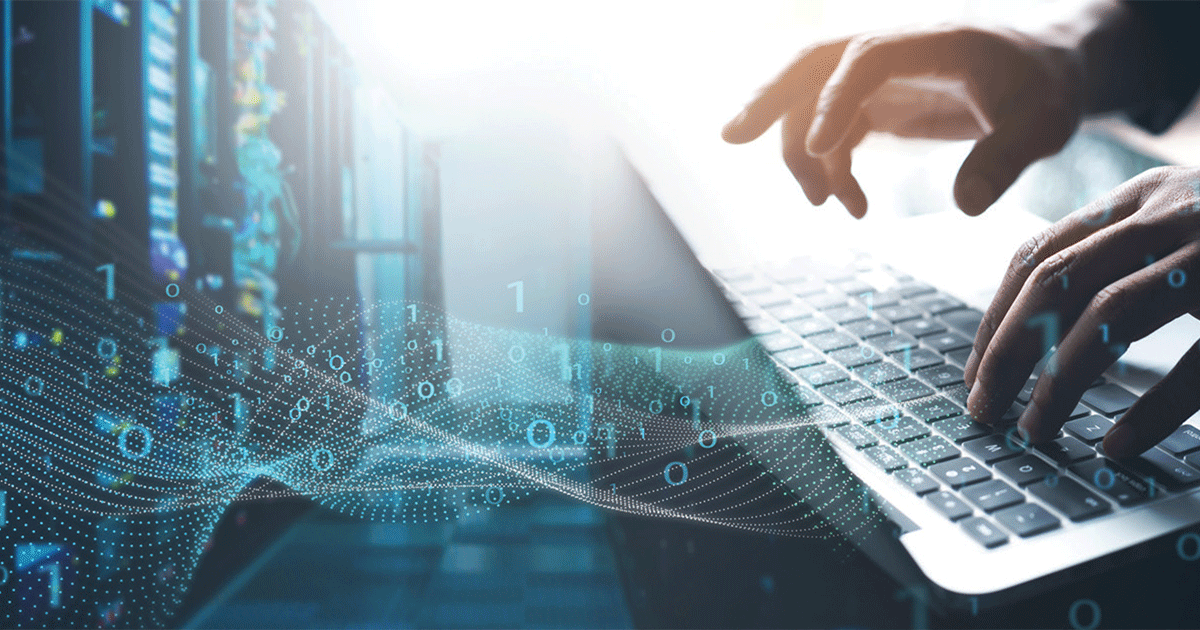The legal landscape for generative AI (GenAI) and copyright is rapidly evolving—and remains fraught with uncertainty for businesses leveraging machine-generated content. While GenAI tools offer operational efficiency and creative expansion, they introduce two core legal risks: lack of copyright protection for AI-generated outputs, and potential infringement liability tied to training data.
Human Authorship as a Prerequisite
At the heart of the U.S. regulatory stance is a longstanding principle: only human-created works are eligible for copyright protection. The U.S. Copyright Office and courts have consistently rejected the notion that machine-generated content—regardless of prompting sophistication—meets the statutory threshold for authorship. Unlike a photographer who exercises control over composition and lighting, GenAI users cannot predict or direct exact outcomes. Thus, the Copyright Office does not consider prompting analogous to human authorship, despite users often engaging in hundreds or thousands of prompt iterations.
Notably, hybrid works involving both AI and human input may receive partial protection. In one instructive case, the Copyright Office granted a limited registration to a comic book author, protecting her text and the arrangement of AI-generated images—but not the images themselves. The determining factor is the degree of human creativity and whether it rises to the level of “original authorship” as defined by statute and interpreted in case law.
Enforcement Challenges and Strategic Risk
Even when partial protection is secured, enforcing rights over AI-assisted works is likely to become more contentious. Defendants in infringement cases are expected to challenge both the validity and scope of such rights. Courts may struggle to separate human-created elements from those generated by AI, particularly when detailed documentation is lacking.
To mitigate this, companies are advised to maintain detailed logs of human contributions, including prompts, edits, and iterative refinements. These records will be critical in demonstrating originality and defining the enforceable portion of a work. Without such evidence, copyright claims may falter under judicial scrutiny, especially as GenAI litigation expands.
Infringement Exposure from Training Data
A subtler, yet equally pressing issue is the infringement risk posed by GenAI’s training data. Most commercial AI models are trained on massive corpora scraped from the internet—often without explicit licenses. If a GenAI tool outputs material that is “substantially similar” to a copyrighted work included in its training set, the end user may face secondary liability, even without direct access to the original work.
While the probability of exact reproduction is low, it is not negligible. Courts have recognized that liability may attach even where the user unknowingly benefits from upstream copying. In such cases, traditional defenses—such as lack of access—may not shield users from litigation, particularly if the resulting work causes market harm to the original rightsholder.
Commercial Strategy and Compliance Considerations
Given these risks, businesses must adopt a layered approach:
• Assess the necessity of copyright protection: For internal content or time-sensitive deliverables, the trade-off may favor speed over legal exclusivity. In such cases, first-mover advantage may outweigh long-term IP rights.
• Explore alternative IP protections: Trade secret law (e.g., for internal tools or confidential algorithms), trade dress (e.g., for product packaging), and robust contract terms may offer functional safeguards where copyright falls short.
• Engage legal counsel early: Particularly for public-facing or monetized content, IP counsel can help structure workflows to optimize human authorship and evaluate protectability across jurisdictions.
• Audit vendor practices: Companies should scrutinize the data provenance and licensing policies of GenAI platforms. Review terms of service and confirm whether tools allow for commercial use, indemnification, or IP ownership.
Ultimately, while GenAI tools unlock remarkable creative potential, they operate in a legal gray zone. Until legislatures or international treaties update authorship standards to reflect AI realities, businesses must proactively manage the legal ambiguities inherent in AI-assisted content creation.
Frequently Asked Questions (FAQ)
Can AI-generated content be copyrighted in the U.S.?
No. Under U.S. law, only works created by humans are eligible for copyright. Purely AI-generated content lacks the human authorship required for protection.
What if a human uses prompts to guide the AI?
The U.S. Copyright Office may grant partial protection if the human’s contributions—such as text or image arrangement—are sufficiently creative. Prompting alone is generally insufficient.
Is it legal to use AI-generated images in commercial work?
Yes, but with risk. If the AI output is substantially similar to copyrighted training data, you could face infringement claims—even if the similarity is unintentional.
How can companies reduce legal risk when using GenAI?
Keep detailed records of human input, use trusted AI tools, and consult IP counsel. Also consider alternatives like trade secrets or contracts for protection.
Are any countries granting copyright to AI-generated works?
Most jurisdictions follow the human-authorship principle, though some—like China and the UK—are exploring or recognizing limited rights in certain contexts.
What is the safest way to protect creative work involving AI?
Ensure meaningful human authorship, document all contributions, and limit use of AI-generated content in core IP assets unless legal clarity improves.


